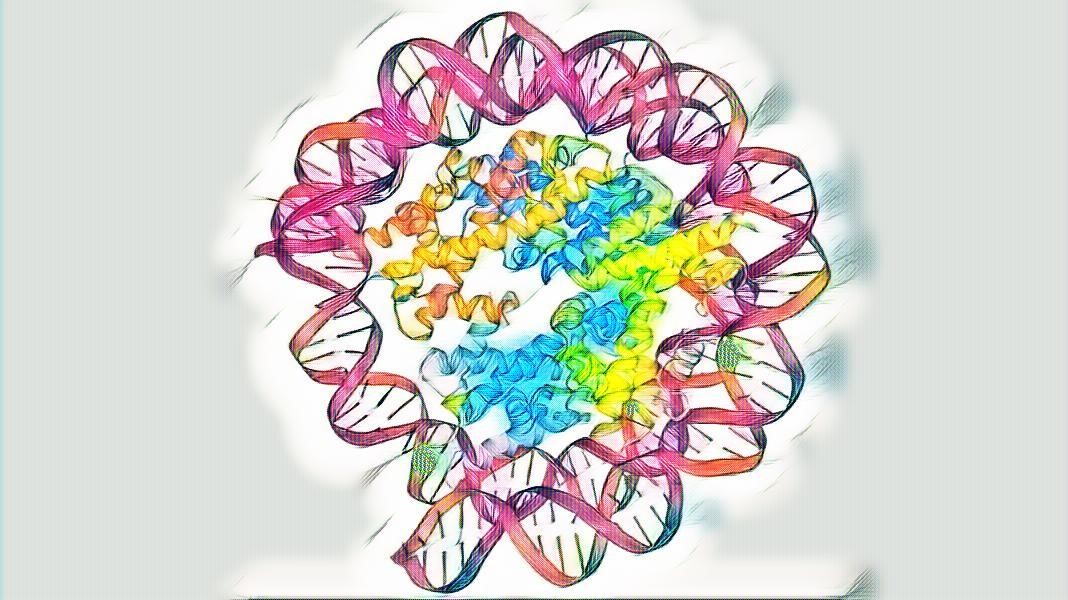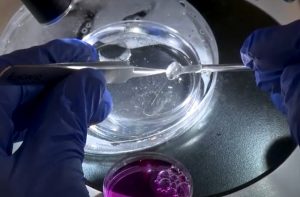A decade has passed since the independent-yet-synchronous works of Mikkelsen, Johnson and Barski presented the powerful technique ChIP-seq. This combination of chromatin immunoprecipitation and sequencing methodologies delivers genomic data that illustrates epigenetic role in disease and development. Epigenomic mapping continues to accelerate due to the flood of data from the advent of next-generation sequencing.
Technological advancements within ChIP methods are still emerging. Simpler preparation, reduced material, faster acquisition and increased precision are some of the upgrades made apparent by solid state, carrier, fast, Q2, and micro-ChIP, just to name a few. Matrix-ChIP goes one step further to microplate testing, boosting throughput. RNA binding, too, can be monitored through techniques like ChiRP-Seq and RIP-Chip.
Within a year, JoVE has gathered dozens of ChIP-improving techniques ranging from diverse sample preparations to modified detection systems. One new protocol comes from the lab of Dr. Rada-Iglesias demonstrating ChIP for low-abundance embryonic samples. Here, the assay includes few steps, which reduces the amount of precious early vertebrate embryogenesis material needed. This protocol is presented for chicken and mouse embryos using only 5 x 104 – 5 x 105 cells to yield ChIP-seq compatible products.
 Another example from the Venters lab describes exonuclease treatment to obtain near base pair precision in protein-DNA interactions. Increased resolution and signal-to-noise are hallmark features of the ChIP-exo method. Incorporation of lambda exonuclease digestion effectively identifies each protein binding footprint more precisely.
Another example from the Venters lab describes exonuclease treatment to obtain near base pair precision in protein-DNA interactions. Increased resolution and signal-to-noise are hallmark features of the ChIP-exo method. Incorporation of lambda exonuclease digestion effectively identifies each protein binding footprint more precisely.
Even with these technological developments, there remain limitations. One such example lies in the study of transcription factors in large-scale assays since this requires individually produced antibodies or epitope tagging. Additionally, isoforms, which contribute differently to chromatin modification, are not easily identified. And even with the enhanced ChIP protocols, there is still room for improvement in fine tuning of steps lowering minimum material requirements and increasing signal-to-noise detection.
Nonetheless, if the last five years of technological progression are anything like the next five, the possibilities for epigenetic advancement through improved ChIP-seq will be huge. The ability to predict environmental effects on development and disease with molecular accuracy is now becoming a reality.
If you are interested to read and watch more JoVE Video Articles in genetics, then check out this link below.


